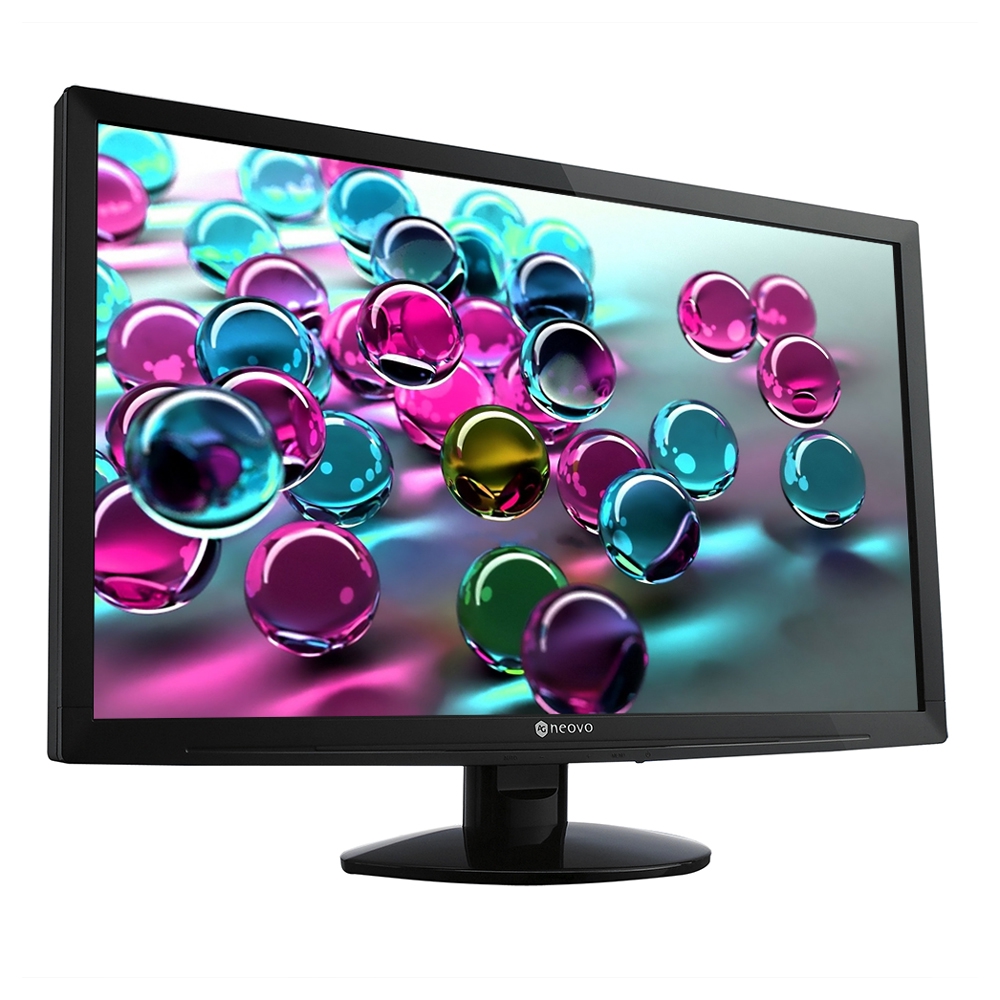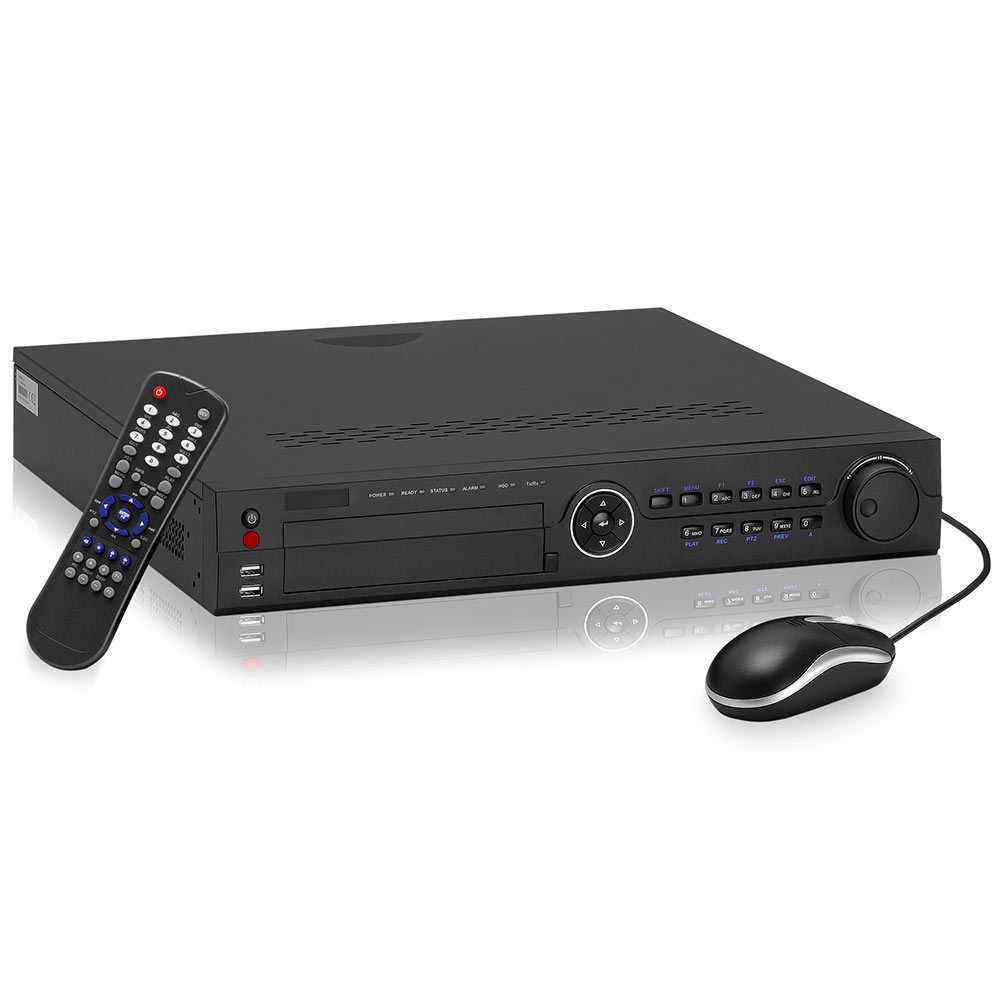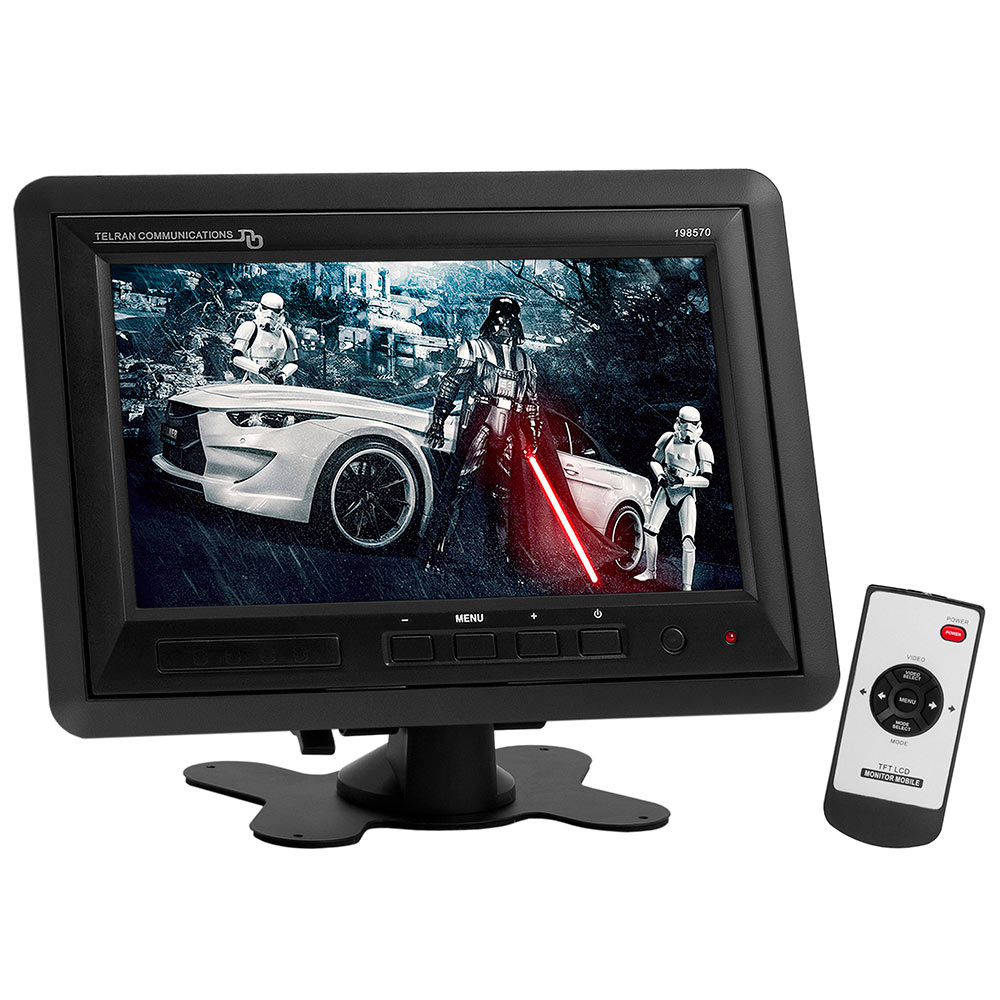Learn About CCTV Video Surveillance, Wired, Wireless & WiFi
CCTV Video Surveillance
A huge number of businesses have used closed-circuit television (CCTV) video surveillance for decades. CCTV installations have long been a necessity for companies that deal in sensitive information which requires protection, those that have large and valuable inventories stored in warehouses, and businesses located in high-crime areas. Video surveillance has been a staple in banks and large retail stores for many years, and has been increasingly used, of course, by public safety agencies for crime prevention and traffic control.
In the past, small companies often couldn’t afford these sophisticated systems. In fact, many resorted to placing dummy cameras in strategic locations to make it appear to the “bad guys” that they were being monitored. But quantum leaps in video technology over the last decade have now made CCTV systems accessible and affordable for most businesses – and even most homeowners.
Modern CCTV video surveillance works in much the same way as it did years ago. What’s really different is the equipment that can be used to do it.
The Basics of CCTV Video Surveillance
The basic theory behind video surveillance is quite simple. TV cameras monitor areas of concern and the video (and often audio) is transmitted securely to a small number of dedicated monitors (hence the name closed-circuit), where the feeds can be watched in real time or recorded for later viewing or archiving. It’s easy to understand why old-school CCTV systems that once depended on expensive, bulky cameras, and hard-wired connections or proprietary radio frequency transmissions, were so expensive to set up. Running coaxial cable (usually RG59U BNC cable) throughout a home or business can be quite costly.
In a world where you can easily video chat with grandma, live-stream your daily activities to the world or watch your baby sleep peacefully in his crib, local transmission of video for monitoring purposes is no longer a big deal. And just as you can instantly record any of those personal activities we’ve mentioned, making a digital archive of your CCTV feeds is now cheap and easy. That’s why video surveillance is an affordable option for just about everyone who needs it.
Many of today’s simple CCTV systems can work fine with the same type of inexpensive camera you use to send video to your computer, but there’s a large range of higher-quality cameras designed for surveillance installations which provide a much more reliable view of your business or property.
As for getting the signals to the monitoring position(s), the development of reliable WiFi networking has created a lower-cost alternative to hard-wiring an entire installation or using an expensive wireless system that runs on radio signals. Dedicated CCTV video surveillance wiring is more desirable in many situations, however, and we’ll discuss that after we take a deeper look at cameras.
Video Surveillance Cameras and Connections
The burgeoning CCTV surveillance industry has given birth to an enormous variety of cameras. Outdoor models are usually housed in a casing that keeps out rain and moisture, dirt and bugs; some are also designed to be vandalism-proof. They can be simple fixed-aperture models which can’t be adjusted to compensate for poor lighting or distances, but better choices for outdoor mounting are day/night, infrared/night-vision and variable-focus options. The first two allow better video in all light, and the latter allows the person monitoring the feeds to zoom in or out as needed.
There are several standard types of indoor CCTV surveillance cameras, and the two seen most often are bullet and dome models. Bullet cameras are the thin cylindrical units that mount to a wall or ceiling and capture activity in a fixed area, and dome cameras are the round ceiling-mounted models (often with pan/tilt/zoom capabilities, known as PTZ domes) used in locations like stores and casinos. Neither is designed to be a “hidden camera,” because there’s value in customers or would-be troublemakers knowing they’re being watched. Finally, there are discreet cameras which can be disguised as other objects like clocks or smoke detectors, and high-definition cameras most often found in locations like banks where being able to see detail is essential.
The full-function cameras we’ve mentioned are most often used in wired systems, or in wireless systems that transmit on their own dedicated radio frequency. That’s because a WiFi network may not be reliable enough for the two-way control communication required to instruct a camera to pan or zoom. IP-based cameras, connected to a CCTV system running on an Ethernet network, are more suited to simple delivery of video signals from one or more cameras.
At this point you probably have a pretty good idea of whether a wired, traditional wireless or WiFi system is best for your needs, but here’s a quick summary of the pros and cons:
Wired
Pros: No interference, not subject to hacking, reliable, versatile
Cons: Expensive, cables make hiding cameras more difficult, larger cameras, cameras usually can’t be moved once installed
Traditional Wireless
Pros: Less expensive, difficult to hack, cameras easier to position and move, versatile
Cons: Subject to interference, requires supplemental power for cameras, requires a separate receiver
WiFi
Pros: Inexpensive, easy to move and hide cameras, can use smaller cameras, easy to set up and use, can be monitored on any device in any location
Cons: Subject to interference and hacking, requires supplemental power for cameras, small cameras may be low quality
CCTV Video Surveillance Monitors
Any type of monitor you can imagine can be used with wired and traditional wireless systems. We’ve all seen professional monitoring stations with banks of video monitors, but small companies and homeowners will likely prefer that signals be displayed on a regular flat-screen monitor or two. Pre-packaged CCTV systems often come with one or two smaller LCD monitors, many with switches that let you choose the desired video feed. They’re also the easiest systems to interface with digital recorders to keep all feeds for later use, if needed.
Here’s where a WiFi system that operates with IP-based cameras has a big advantage. The video can be monitored on computers, smart TVs or any hand-held device, no matter where you are in the house – or in the world. This key advantage, plus the lower cost of WiFi surveillance systems, makes them perfectly suited for home use. Additionally, cameras can be moved to any location at any time, allowing them to be used for functions like baby monitors and nanny cams.
As you browse Cmple’s huge selection of CCTV video surveillance monitors, cameras and accessories (all available at our always-low prices) you’ll be able to recognize all of the equipment we’ve discussed, letting you choose the right system and components for your own surveillance requirements.








